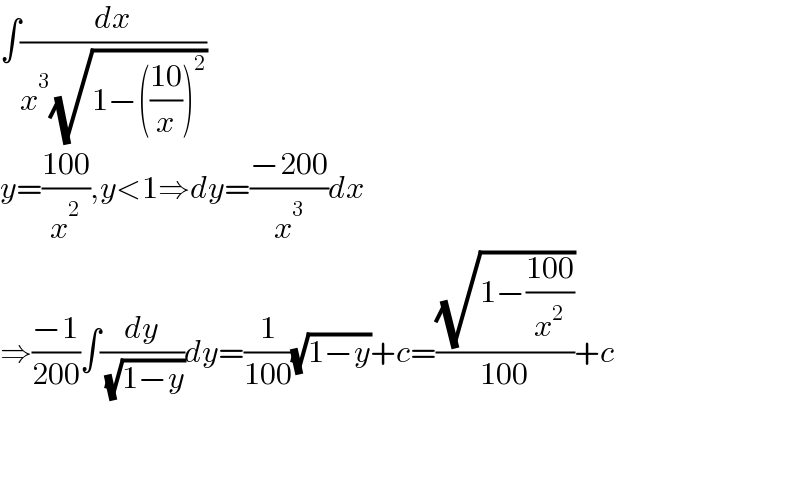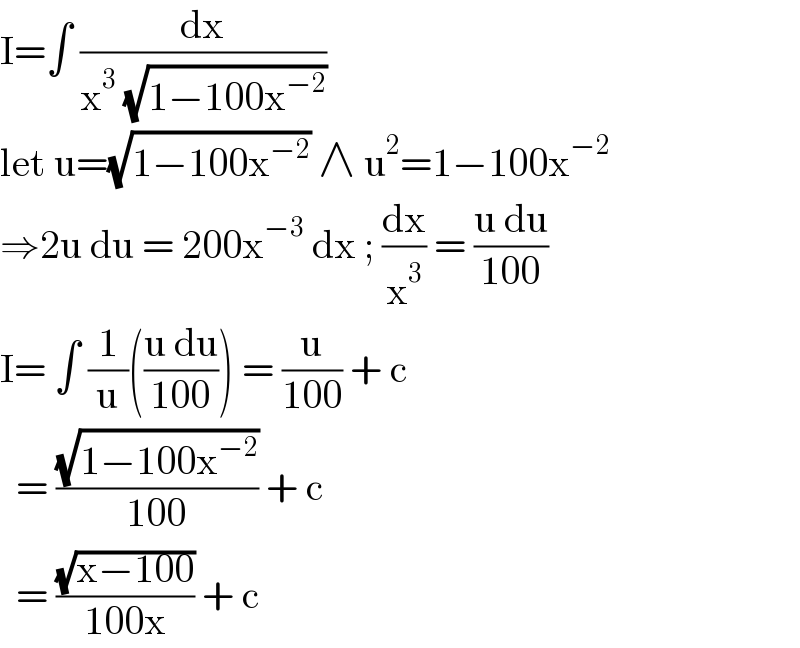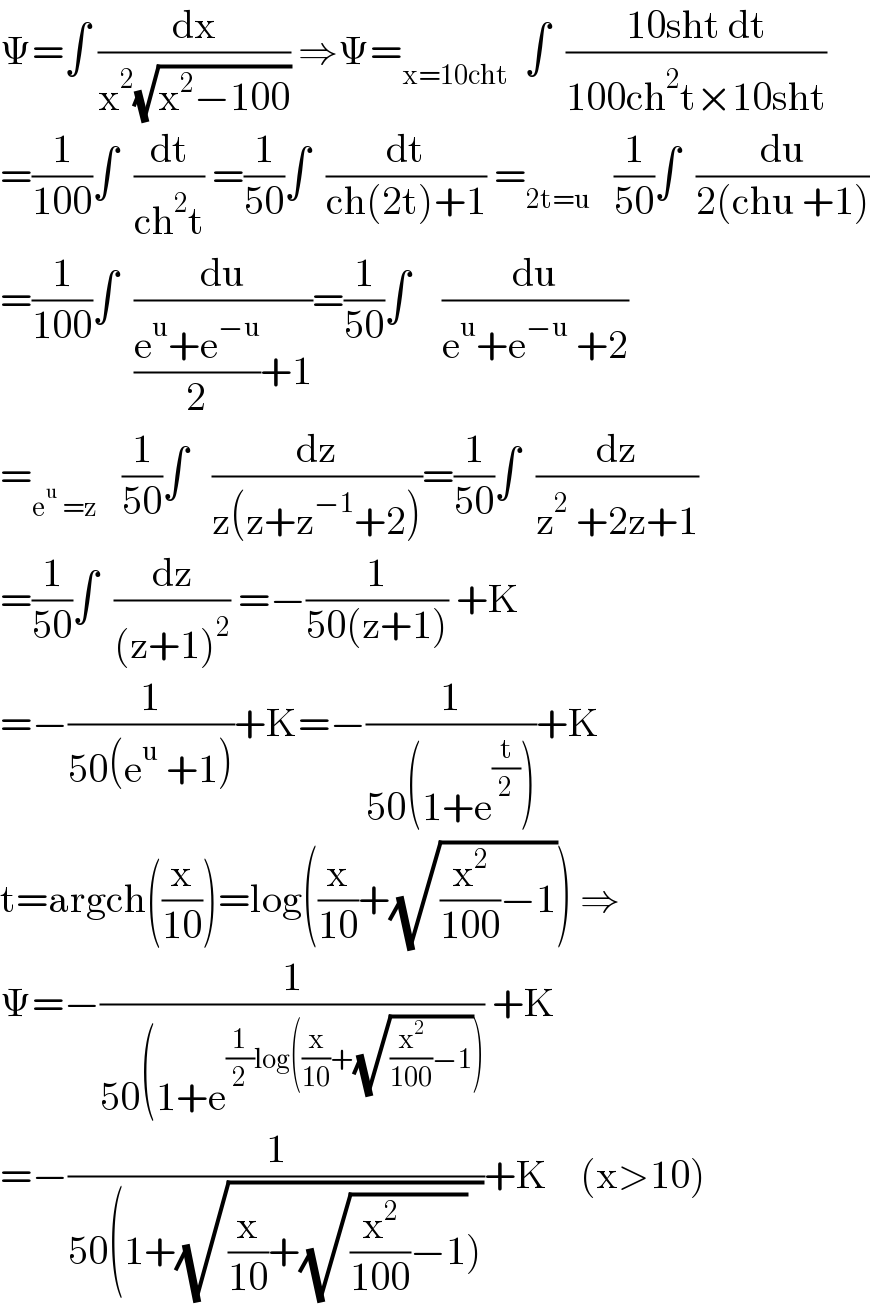
Question and Answers Forum
Question Number 144042 by maryxxxx last updated on 20/Jun/21

Answered by mindispower last updated on 20/Jun/21

Answered by liberty last updated on 21/Jun/21

Answered by mathmax by abdo last updated on 21/Jun/21

| ||
Question and Answers Forum | ||
Question Number 144042 by maryxxxx last updated on 20/Jun/21 | ||
 | ||
Answered by mindispower last updated on 20/Jun/21 | ||
 | ||
| ||
Answered by liberty last updated on 21/Jun/21 | ||
 | ||
| ||
Answered by mathmax by abdo last updated on 21/Jun/21 | ||
 | ||
| ||